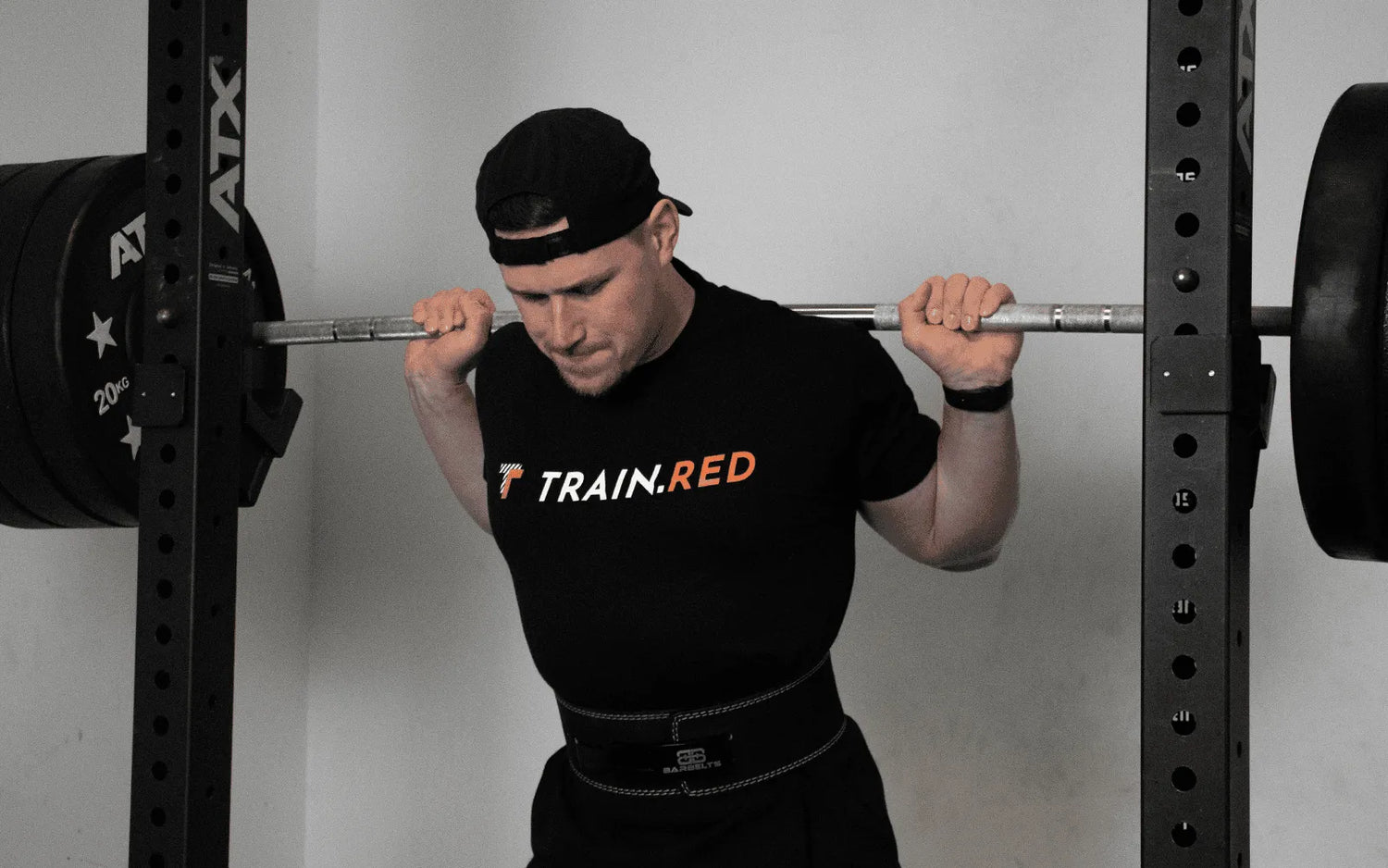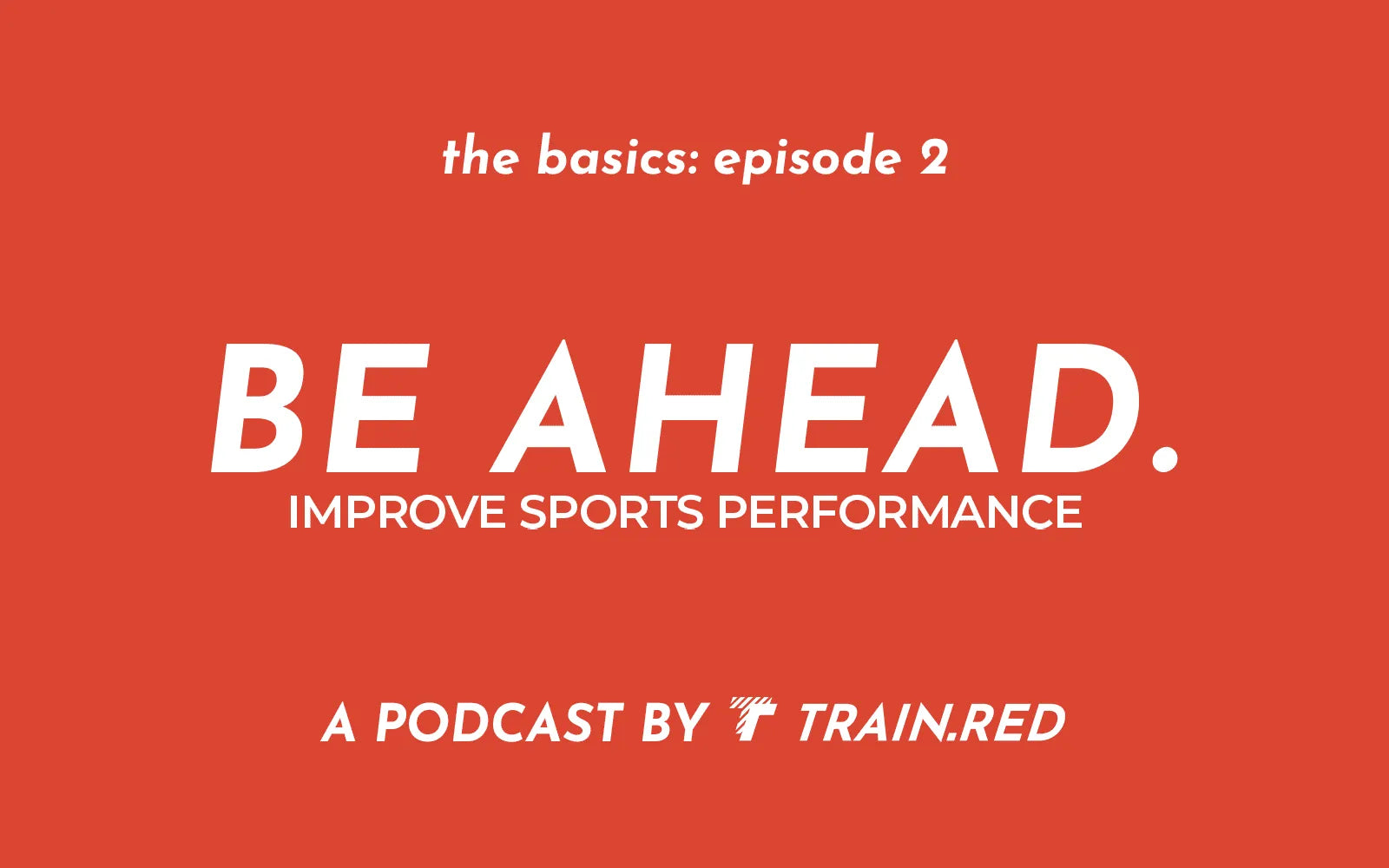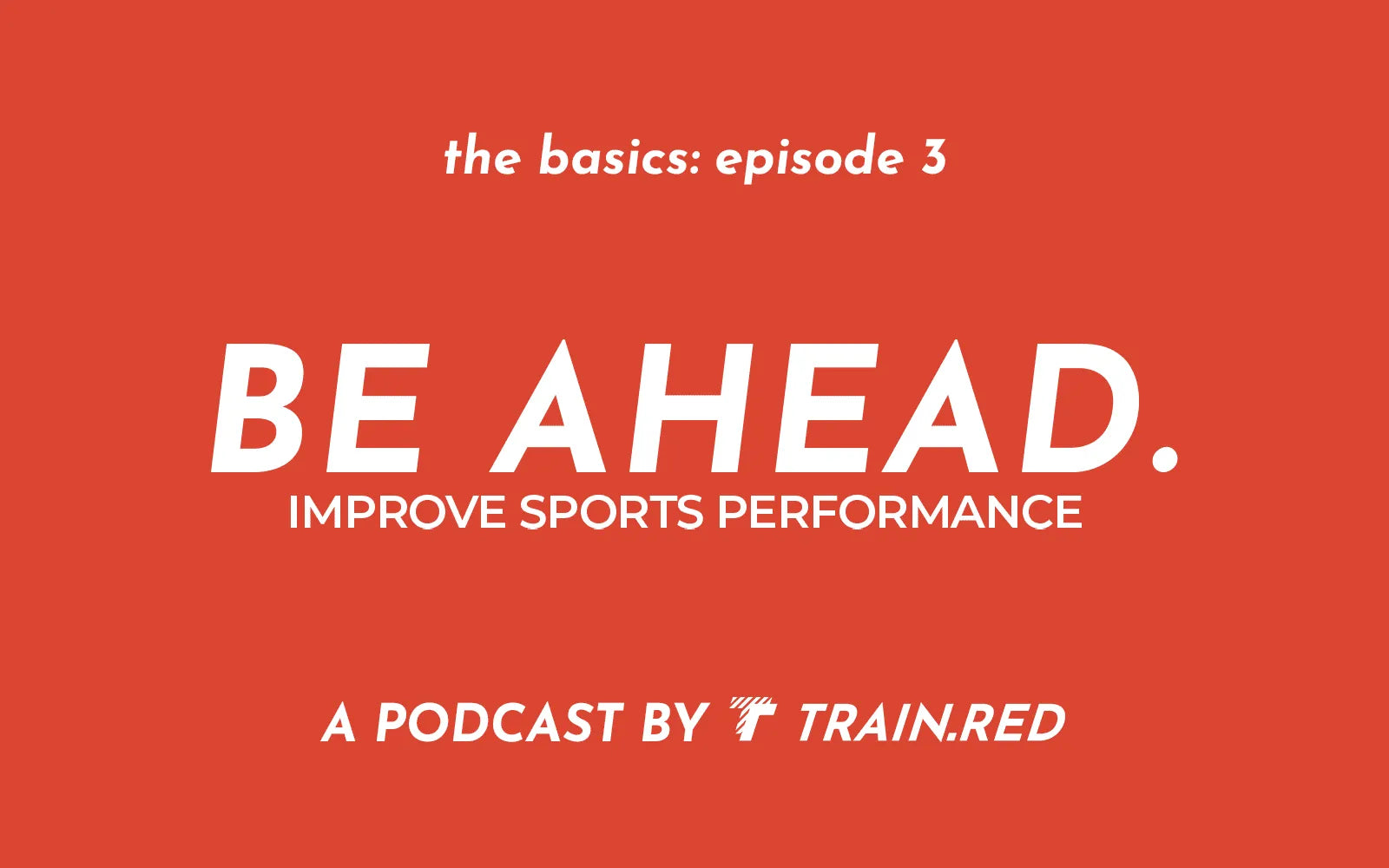Our goal is to improve the performance of athletes not only by assessing their physiological capacities but especially by providing useful live data on our Train.Red app to guide training and competitions. The Train.Red app provides athletes with several features which allow them to guide training by adapting the running or biking pace, following muscle states instead of running intensities, optimizing recovery times, and finding limiting factors such as muscle imbalances. Yet, oxygen is not exclusively from endurance exercise, we need oxygen for strength as well.
In this blog, we will be focusing on how Train.Red FYER combined with the Train.Red app can be used to optimize your strength training and understand how your muscles are performing during a training session. For that, we will take the example of a very traditional, applied strength exercise, ‘the squat’. For this exercise you can use from 1 to 4 sensors, depending on what your goal is. In this blog, we will just focus on one sensor and how to use the ‘MUSCLE STATES’ feature to guide your recovery between sets.
Recovery: how long should I rest in between sets
Let’s then start talking about recovery. How much time should I rest before starting the next set? Recovery time is an old theme between strength trainers and scientists that never gets old. Opinions differ on this matter and no exact answer has been found yet. However, the National Strength & Conditioning Association has formulated certain guidelines/recommendations regarding resting between sets, depending on different sorts of strength training (listed below). Supported by these recommendations, and using the Train.Red app, you can make accurate decisions on when to restart the next set.
- Increase muscular endurance the best rest period is 30 seconds or less between sets
- Increase hypertrophy (muscle growth), the best rest period is 30-90 seconds between sets.
- Increase strength and power, the best rest period is 2-5 minutes between sets.
How does the Train.Red app help me decide how long I should rest.
Let’s start to explain your upper leg muscle oxygen data from a squat set (check the graph below). When the exercise begins, there is muscle contraction and consequently occlusion from muscle capillaries. Because squats are generally an exercise that demands the use of fast energy to the muscles, oxidative metabolism by itself cannot sustain the muscle for a long time. Therefore, a clear desaturation of your muscle is observable during the set.

For physical activity, your body needs energy, in scientific terms; ATP Adenosine Tri Phosphate. There are multiple substrates and processes involved on which the active muscle can rely to get this energy.
The metabolism processes that do not involve oxygen can provide higher maximum power and need less time to provide this higher power output. The aerobic processes, converting carbohydrates and fatty free acids into CO2, H2O, and energy, provide less ATP, and take longer to provide this ATP, but the availability is a way higher meaning that during prolonged activity the main energy mechanisms rely on oxygen.
Squats are a short and intense effort. If we’re not talking about workouts like Murph (including 300 squats) we can conclude the main energy pathways rely on anaerobic mechanisms. Even though the main energy supply comes from anaerobic pathways, you will still see a very pronounced oxygen desaturation when performing squats. All the available oxygen will be used to cope with the requested energy demand, this process is sped-up because there is a (partial occlusion) taking place during every single repetition. For the use of oxygen (and other nutrients) your muscles rely on your heart to pump the blood through your arteries and capillaries to the tissue. When this blood flow is obstructedyour need for oxygen does not stop, resulting in a decrease in oxygen. When you flex your muscle hard, this contraction makes your muscle fibers smaller in length but bigger in width. Starting at 30% of your maximum voluntary contraction in an isometric hold, scientists already observe a partial occlusion as a result of the muscle fibers pressing against the small capillaries responsible for the oxygen delivery.
Train.Red Muscle States
When going down, your quadriceps muscle lengthens, this is called an eccentric movement. When you’re pushing up, you’re actively contracting your quads, this is called a concentric movement. This is very visible in the oxygen consumption; each low peak refers to a repetition, where the load phase (in purple) represents the eccentric downward phase of the squat and the hard intensity phase (in red) represents the concentric upward phase of the squat. These colors represent one of the features of the Train.Red app, the ‘MUSCLE STATES’. They help you monitor the intensity of the exercise as well as your recovery phase between sets.
If during the set you don’t observe a depth in muscle oxygen, and the ‘MUSCLE STATE’ stays between moderate/easy intensity, it means that you are far from your maximal effort, and the oxidative metabolism is predominant. That is not the case in the example on this blog. We are looking at three sets where the athlete went close from exhaustion. After understanding what happens during a set, let’s jump to the recovery part. When the athlete releases the weight, there’s an immediate dilatation of muscle capillaries, and a quick muscle reoxygenation occurs. Reoxygenation rises above baseline values due to the previous privation of oxygen to the muscle during the set and, slowly returns to these values within seconds or minutes. This recovery time varies per athlete and can be a good decision-maker on when to begin the next set.

Muscle Endurance
If you are working on muscle endurance, the number of reps you perform is typically a bit higher with a lower weight. The time you should rest between sets is decreased because you do not want your muscle to be fully recovered before you jump into the next set. This means you can start your next set when you switch from a blue recovery phase into a green stable phase.
This stable phase is not entirely stable though, your muscle will recover further as can be seen by the gentle increase in your oxygenation trace. This is the difference between new blood flowing into the tissue (the first endurance recovery spike) and the continuous inflow of nutrients and outflow of the muscles’ waste products. When the oxygenation is at its maximum, you’re 100% ready to start building the biggest muscles, in other words, hypertrophy. During hypertrophy training, athletes typically perform 6-12 repetitions with a weight of approximately 60-80% of their one-rep max.
With Train.Red, you can objectively quantify the ‘pump’ in your muscles. The moment that the muscle oxygen curve begins to stabilize and maybe even starts decreasing again, you would be looking to start your next set. This is the moment the most amount of blood and nutrients is in your muscle tissue.
How does this work?
But why do your oxygenation values gently drop down to a baseline resting state? When all derivatives such as lactate are cleared out, and the muscles’ energy sources are restored there is no need for the overshoot of blood anymore. This is shown by a gentle decrease in oxygenation. When training for maximum strength this is exactly what you’re looking for. When your goal is to achieve chronic adaptations of your body, such as absolute strength, you will need to be working at a higher intensity. Naturally, it requires a longer period to make sure you are fully recovered. Your oxidative energy pathways will be too slow to sustain the muscle and therefore, the muscle will be utilizing mainly faster metabolism pathways resulting in a fatigued feeling. So, before you start with your next set, you want to make sure you recovered from both a physiological and psychological standpoint. With our technology, we cannot measure neuromuscular fatigue, but what we can do is show exactly when your muscle is ready from an oxidative perspective. Anywhere from the moment the muscle oxygen begins to decrease back to its resting state values, you are good to go. At this time, ‘MUSCLE STATES’ will not be in the recovery phase (blue line) anymore but on the Train.Red app should be displayed in green, ‘easy’ intensity.
In short
Wrapping it up, all you need is the Train.Red FYER combined with the Train.Red app (or compatible apps like VO2Master) and you can use the Train.Red feature 'MUSCLE STATES' to guide your strength training and make decisions about how long you should rest depending on the type of strength you are aiming for.



